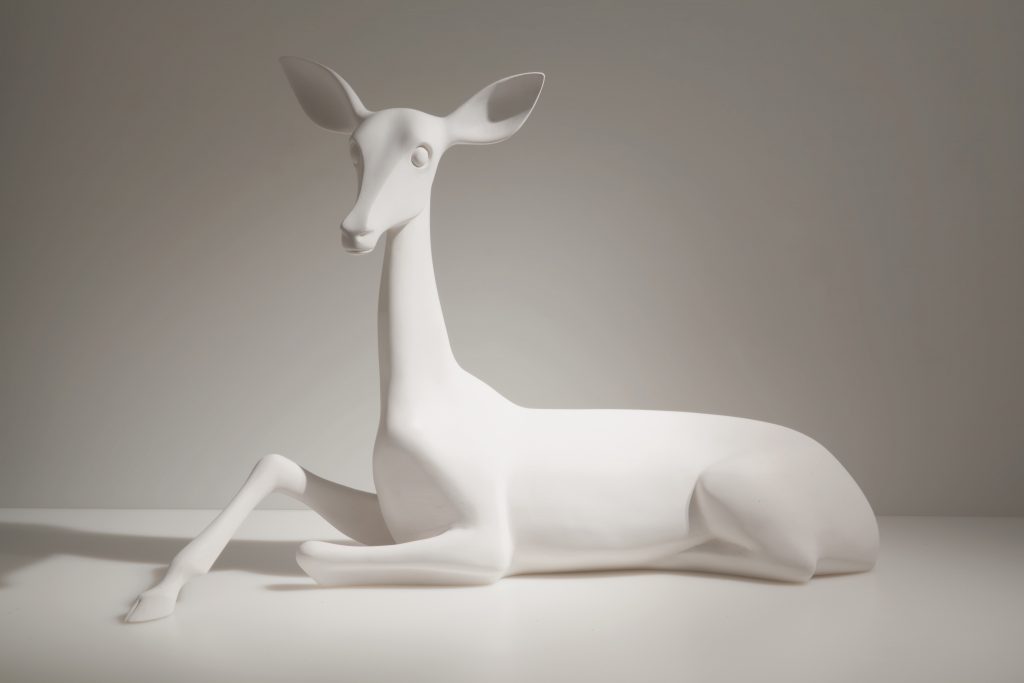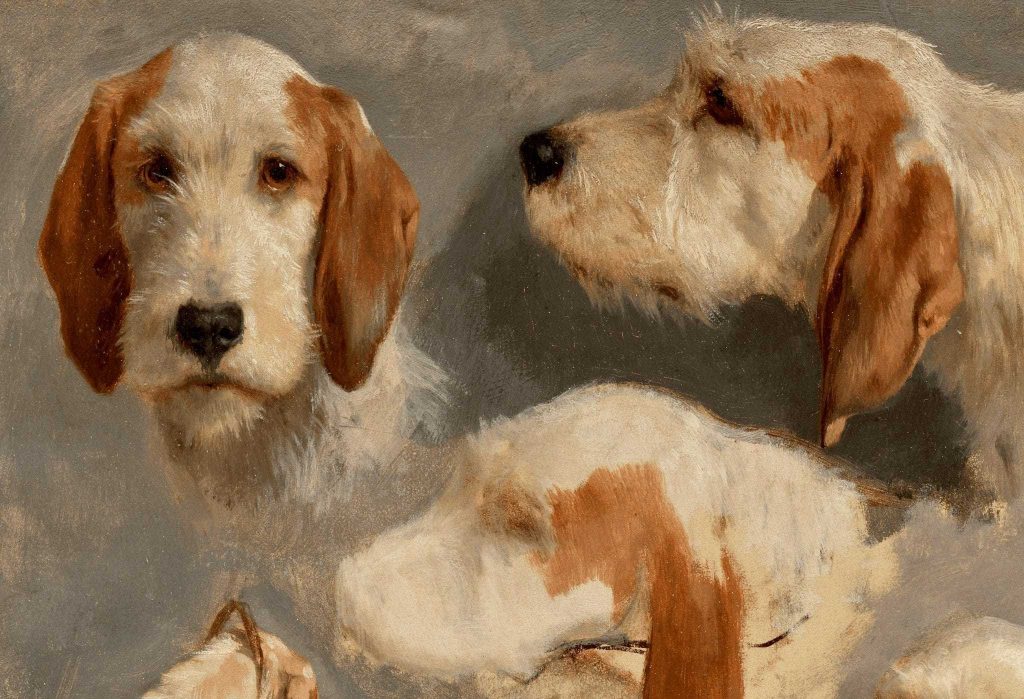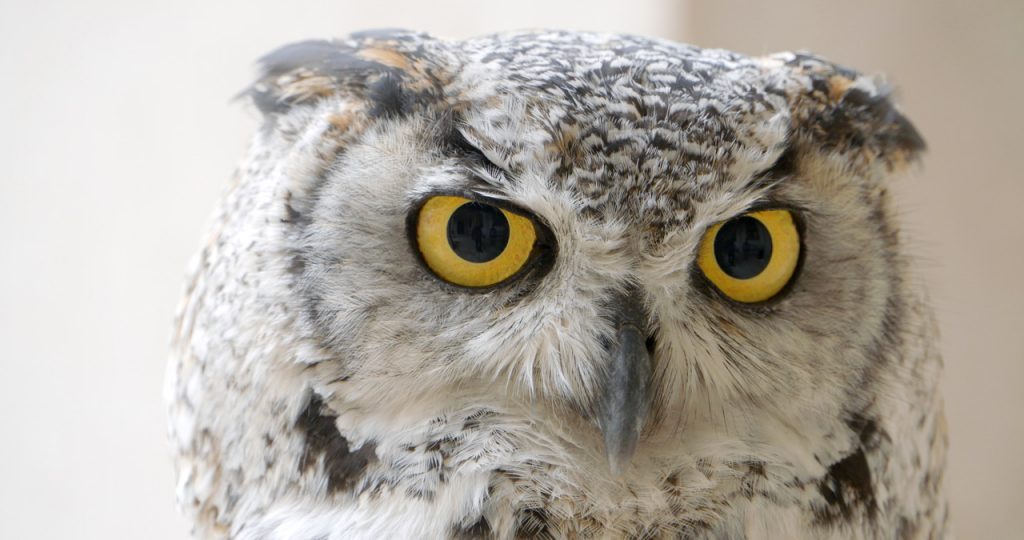Exhibitions and installations
Accueil — 2022 edition — Exhibitions and installations

Miguel Branco
After taking over the Musée de la Chasse et de la Nature in 2016, Miguel Branco, one of the major artists of the contemporary Portuguese art scene, was invited to the Château de Fontainebleau as part of the FHA. His works presented in the various spaces of the castle, such as the garden of Diane, the gallery of Deer and the private library of Napoleon I, often revisit images drawn from the history of art, questioning nature and man. , its evolution, through the animal and its gaze.
Capturer l’âme. Rosa Bonheur et l’art animalier
To celebrate the bicentenary of the birth of Rosa Bonheur (1822-1899), the Château de Fontainebleau evokes the particular link of this artist with the palace of Napoleon III. Rosa Bonheur expresses her talent through animal art; around fifty paintings, drawings, lithographs, sculptures are presented in the smoking room of Napoleon III, in accordance with the installation of 1924, around the large composition commissioned by the State in 1852, La Fenaison en Auvergne. So many works that demonstrate Rosa Bonheur’s fascination for the animal majesty whose soul she wishes to capture.


Cave Canem !
As part of FHA22, the Château de Fontainebleau is presenting Cave Canem ! until June 30, 2022, a display that brings together for the first time since the end of the Ancien Régime a series of paintings that undeniably launched Jean-Baptiste’s career. Oudry (1686-1755).
Installations
Untitled (The Birds) by Nuno Cera and Untitled (Vautour dans le studio) by Joao Onofre, two videos to discover in the Chapelle haute Saint-Saturnin and the Grotte des Pins.
Nuno Cera’s video work brings the visitor and the bird face to face. One senses the latent terror of expectation, the static tension of threat. Looking at these images, one cannot escape the fascination of the sublime beauty that emanates from them.
A vulture is released into the artist’s working studio. Free but constrained, the animal ravages the place of life for several minutes. Filmed in a static shot, João Onofre’s work puts into perspective the notion of habitat and the way we look at the everyday environment, the way things are or are not in their place.





